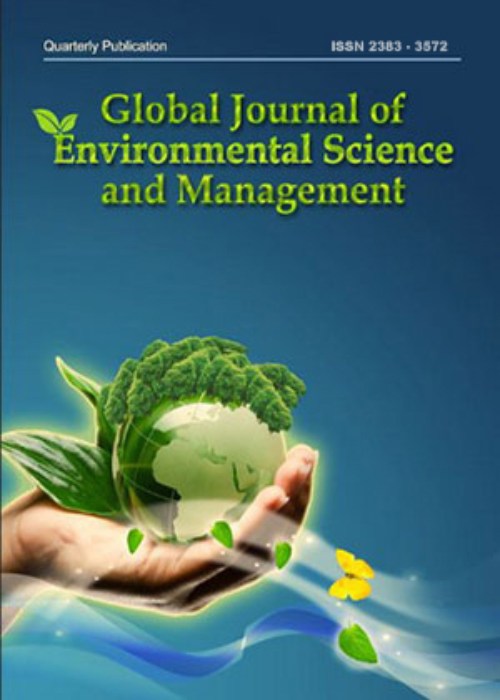Evaluation of municipal waste collection performance using operational data
Developing countries'' governments face challenges in municipal solid waste collection, such as rapidly increased volume of waste, physical and social obstacles to collection routes, or funding shortages. The lack of practical evaluation of the waste collection performance is considered a gap in improving the waste collection system in these countries. This study aims to assess the efficiency of current municipal solid waste collection by analyzing operational data that can help enhance the collection.
The geographical information system and the geographical position system data of all active trucks were collected for 14 consecutive days using the digital map. Data on waste volume collected by trucks, waste volume at collection points, and operational time of trucks throughout a working day were collected by survey. The operational efficiency indicators, including the deadhead rate, waste collected per distance unit, stopping time rate, and costs, are estimated to evaluate the effectiveness of municipal solid waste collection services.
The results indicate that solid waste collection efficiency of 1.67 tons/kilometers is low for high-density population areas. The deadheading rate of approximately 20 percent shows that the collection route operated by drivers is meandering and inefficient. Although using small trucks (6–7 tons) for transporting waste to landfills over a long distance is inefficient, small vehicles are used more than large ones. Ineffective utilization of transfer stations could lead to high idle time, accounting for approximately 37.6 percent of a collection trip. The regulated estimating method for transportation costs is not comprehensively developed, which may cause mistakes in choosing collection vehicles for operation and transfer station usage.
The research findings assess the performance and identify ineffective factors that require improvement of waste collection, aiming to enhance the solid waste management system. Waste collection routes of Hoan Kiem district must be designed using empirical data. The distance-based coefficients should be developed for all collection vehicles with different loading capacities to better estimate collection and transportation costs in Hanoi, helping decision-makers utilize the current transfer station more effectively and appropriately in choosing collection vehicles for operation.
- حق عضویت دریافتی صرف حمایت از نشریات عضو و نگهداری، تکمیل و توسعه مگیران میشود.
- پرداخت حق اشتراک و دانلود مقالات اجازه بازنشر آن در سایر رسانههای چاپی و دیجیتال را به کاربر نمیدهد.


